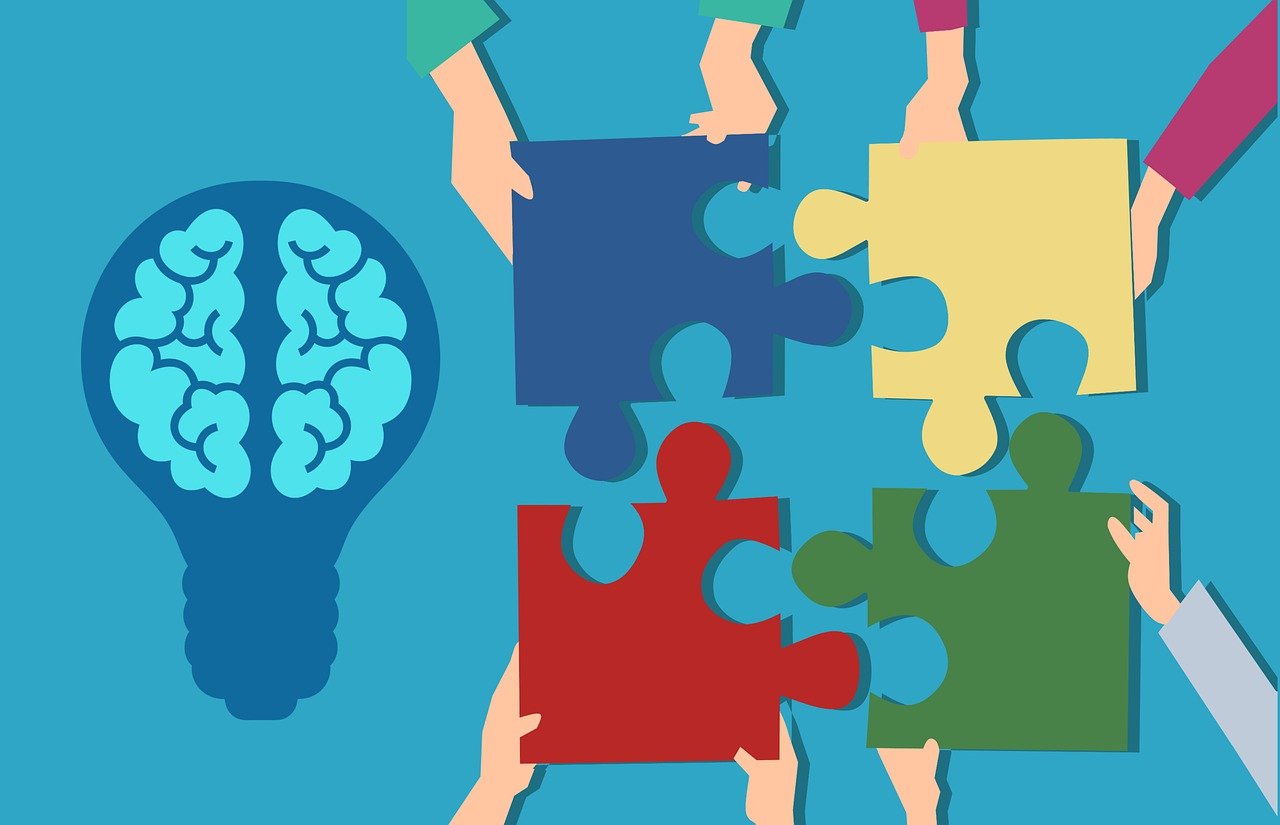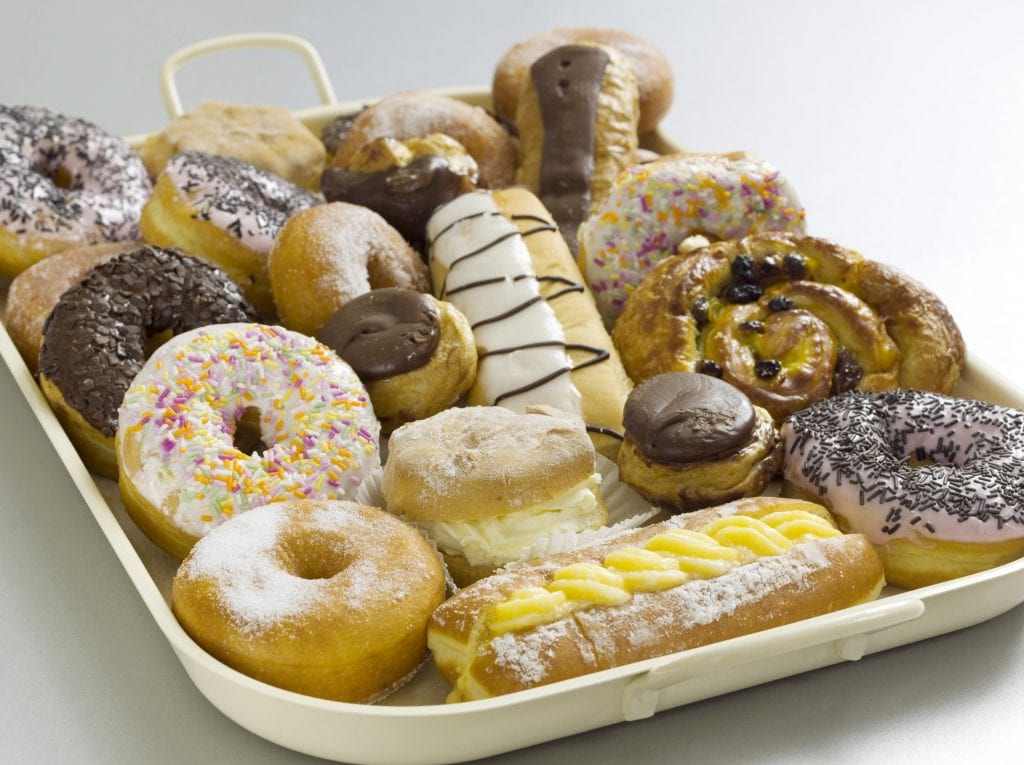Understanding the Difference Between Top-Down and Bottom-Up Processing for the MCAT
- by

I’ve been around the block once or twice when it comes to MCAT tutoring and, while no two students are the same, some common themes pop up. For instance, one of the most common questions I get at the beginning of a new tutoring plan isn’t about solution equilibria, fluid dynamics, or embryogenesis. It’s about how to study and process information. Two cognitive processing approaches, top-down and bottom-up processing, can significantly enhance your study efficiency and comprehension.
If you’ve ever felt like you’ve been burning the candle at both ends but aren’t seeing the results you’re hoping for, don’t lose hope! It might just be a sign that we aren’t studying efficiently.
Understanding how we learn can significantly improve study strategies and performance on this critical test. You’re probably already inundated with study tips, strategies, and methods, all promising to be the key to acing the test.
Amidst this sea of advice, it’s important to remember that understanding how your own brain processes and utilizes information can be a game-changer. This article will explain the differences between top-down and bottom-up processing and how you can apply them to your MCAT preparation.
Differences Between Top-Down and Bottom-up Processing
Key Differences
- Origin of Processing: Bottom-up processing begins with the sensory input, moving upwards, while top-down processing starts with cognition, applying expectations and experiences down to the interpretation of sensory data.
- Guidance: Bottom-up is data-driven; what you see, hear, or feel guides your perception. Top-down is conceptually driven; your expectations, knowledge, or beliefs guide how you interpret information.
- Role of Experience: Bottom-up processing operates with minimal influence from prior knowledge or experience, focusing instead on the here-and-now of sensory data. Top-down processing heavily relies on past experiences, expectations, and cognitive biases to fill in gaps and make quick interpretations.
Bottom-Up Processing Defined
At its core, bottom-up processing refers to a pathway in perception that begins with the physical, sensory input. This process is data-driven. It relies on the external stimuli that come into contact with our senses (sight, hearing, touch, etc.) without being influenced by prior knowledge, expectations, or understanding.
The process logically flows upwards from the sensory level towards the more sophisticated layers of processing within the brain.
Bottom-Up Processing: Building Knowledge from the Ground Up
Imagine constructing a building. Bottom-up processing is like starting from the foundation, laying bricks one by one until the structure is complete. Or picture assembling a jigsaw puzzle. You start with individual pieces (details) and work to see how they connect to reveal the complete picture (the overarching concept).
This method involves starting with the details, the small bits of information, and piecing them together to understand complex concepts.
Applying It to MCAT Prep
Use bottom-up processing when you encounter new or challenging material. Begin with fundamental concepts and definitions.
For example, if you’re studying biochemistry, start with understanding basic chemical structures and reactions before moving on to metabolic pathways and their regulation.
This approach ensures you have a solid grasp of the basics, which is essential for tackling more complex questions on the MCAT.
Study Example
If you were studying the cardiovascular system using a bottom-up approach, you’d first learn about the structure and function of blood vessels, the heart’s anatomy, and blood composition before piecing these details together to understand the system’s overall workings.
Bottom-up processing is essential for learning new material or when dealing with highly detailed and specific information, such as:
- Learning Fundamental Concepts: For subjects or topics that are entirely new or not well understood, starting with the basic elements and working up to the complex is beneficial.
- Data Interpretation: The MCAT includes sections that require interpretation of scientific data and graphs. A bottom-up approach helps in comprehensively understanding and analyzing the given data without any preconceived notions.
- Detail-Oriented Studying: When memorizing specific facts, processes, or steps in a sequence (e.g., biochemical pathways, anatomical terms), a bottom-up strategy ensures that no detail is missed.
Sign up to get expert tips and exclusive invites to free MCAT classes and medical school admissions workshops!
Top-Down Processing Defined
Conversely, top-down processing is a cognitive process that is conceptually driven, initiating from the brain’s higher cognitive functions down to the sensory level. It is heavily influenced by our expectations, prior experience, and cultural background.
This means our perceptions are not solely based on sensory input. They are also shaped by our cognition, allowing us to interpret what we perceive in a way that makes sense based on our past experiences and understanding of the world.
Top-Down Processing: Utilizing the Big Picture
Top-down processing starts with the overall concept or big picture. It’s like having an image of the completed building in mind and then figuring out how the details fit within that structure. Or you can imagine looking at a forest from a hilltop before exploring the individual trees.
In studying, this means understanding the overarching concepts or theories first and then seeing how specific facts fit into that broader framework.
Applying It to MCAT Prep
This is particularly useful for integrating and applying what you’ve learned. For instance, when reviewing practice tests, approach each question by considering your overall understanding of the subject first. Use your knowledge framework to guide you to the correct details, helping you deduce the right answers even when faced with unfamiliar questions.
Top-down processing is invaluable for integrating new information into existing knowledge structures, making it highly beneficial for reviewing subjects that you are already somewhat familiar with. This approach allows for:
- Concept Mapping: Using prior knowledge to understand how new information fits into broader concepts or frameworks. This is particularly useful when creating MCAT notes.
- Critical Thinking and Application: Applying known concepts to novel problems, which is a crucial skill for the MCAT, particularly in the Psychological, Social, and Biological Foundations of Behavior section.
- Efficient Studying: Allowing students to prioritize their study focus by leveraging what they already know and identifying areas that need further review.
Study Example
Imagine you’re learning about the cardiovascular system. With top-down processing, you’d start by grasping the system’s overall function—how it circulates blood throughout the body. Then, you’d examine the roles of the heart, arteries, veins, and capillaries within this system.
The Importance of Balance
No single approach is superior; both are necessary for deep, effective learning. Top-down processing allows you to quickly place new information into a meaningful context, enhancing comprehension and retention.
Bottom-up processing ensures that your understanding is detailed and precise, vital for answering MCAT questions accurately.
Balancing these strategies enables you to not only master the exam material but also become a more versatile and effective learner.
By consciously incorporating both top-down and bottom-up processing into your MCAT preparation, you’ll enhance your ability to understand and retain complex information, think critically, and apply knowledge in novel situations—skills that are invaluable both for the MCAT and your future medical career.
Using Top-Down and Bottom-Up Processing for MCAT Prep
- Creating a Foundation with Bottom-Up Processing: Early in your study plan, focus on bottom-up processing. Make sure you understand the basic principles of each subject area. Flashcards, summaries, and quizzes are excellent tools for this phase, allowing you to accumulate and recall specific facts and processes.
- Enhancing Understanding through Top-Down Processing: As you become more comfortable with the material, shift towards top-down processing. Create concept maps linking different topics and use practice questions to apply your knowledge in various contexts. This shift will help you improve critical thinking and problem-solving skills, both crucial for the MCAT.
- Practice Tests: MCAT practice tests are where both processes come together. Approach each question with a top-down mindset, using your comprehensive knowledge to guide your understanding of what the question asks. Then, apply bottom-up processing as needed to fill in specific details and data.
Practical Tips for Applying Both Processes
- For Bottom-Up Learning: Dedicate specific study times to focus solely on learning and memorizing new information. Use active study techniques like teaching the material to someone else or drawing diagrams to piece together information.
- For Top-Down Learning: Regularly review your material in a holistic manner. Ask yourself how different concepts relate to each other and to the big picture of what you’ve learned. Practice applying these concepts in new, unfamiliar situations or hypothetical scenarios.
- Switch Between Approaches: Allocate different study sessions to each approach. Some days, focus on building from the bottom up, starting with new or challenging details. On other days, review the material from the top down, emphasizing how these details fit into larger concepts.
- Group Study: Working in groups can naturally integrate both approaches. Explaining concepts to peers (top-down) and discussing specific questions (bottom-up) can reinforce your understanding and retention of the material.
- Integrate Both Approaches: When studying a complex system or process, start with a bottom-up approach to understand each element. Then, switch to a top-down approach to see how these elements fit into the entire system and relate to what you already know.
Final Thoughts
We hope we were able to explain the difference between bottom-up and top-down processing effectively. Remember, the key to mastering the MCAT—and to learning effectively in any context—is not just hard work but smart work.
Mastering the art of toggling between top-down and bottom-up processing can transform your MCAT preparation into an engaging and effective learning experience.
By understanding and utilizing these complimentary cognitive strategies, you’ll be better equipped to absorb information, tackle challenging questions, and achieve a higher MCAT score on test day.
It’s not just what you study, but how you process and understand the material. If you need more help, Blueprint MCAT can help you reach your score goals.
Whether you need the flexibility of a Self-Paced Course, the instruction of a Live Course, or 1:1 attention of a private MCAT tutor, we have the MCAT prep option that works for your learning style!
Try it yourself for free by creating a Blueprint MCAT account to get access to our planner, free MCAT diagnostic exam, practice exam, performance analytics, and more!
You’ve got this, and we’ve got your back. Happy studying!
Search the Blog

Free Consultation
Interested in our Online MCAT Course, One-on-One MCAT Tutoring or Med admissions packages? Set up a free consultation with one of our experienced Senior Student Advisors.
Schedule NowPopular Posts
-
MCAT Blog What's on the MCAT?
-
MCAT Blog How to Review MCAT Full Lengths

Free MCAT Practice Account
Need great MCAT practice?Get the most representative MCAT practice possible when you sign up for our free MCAT Account, which includes a half-length diagnostic exam and one of our full-length MCAT practice exams.
Learn More








